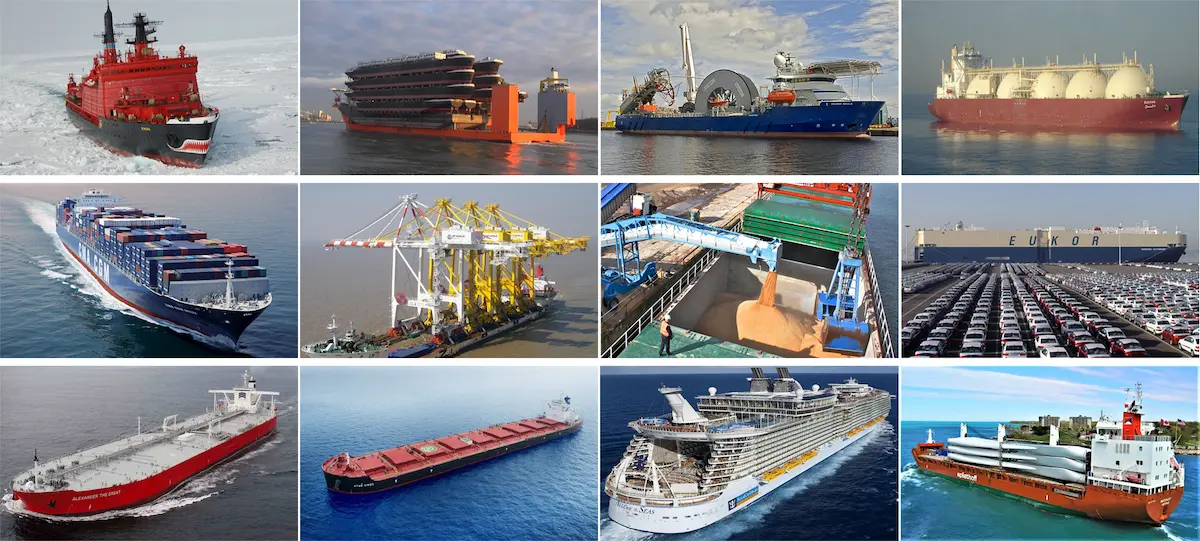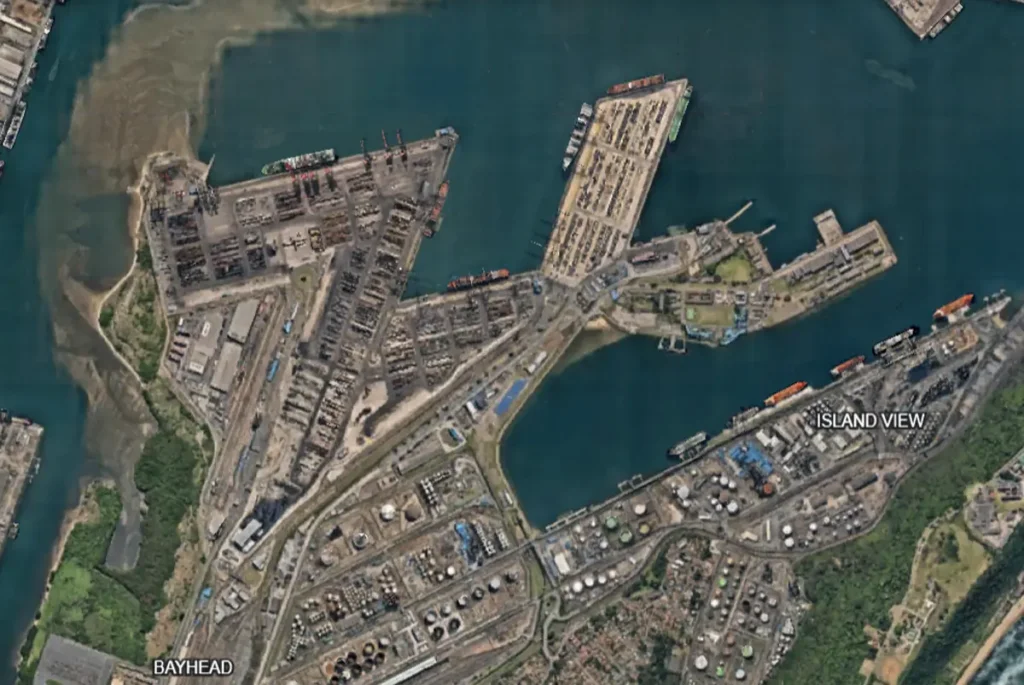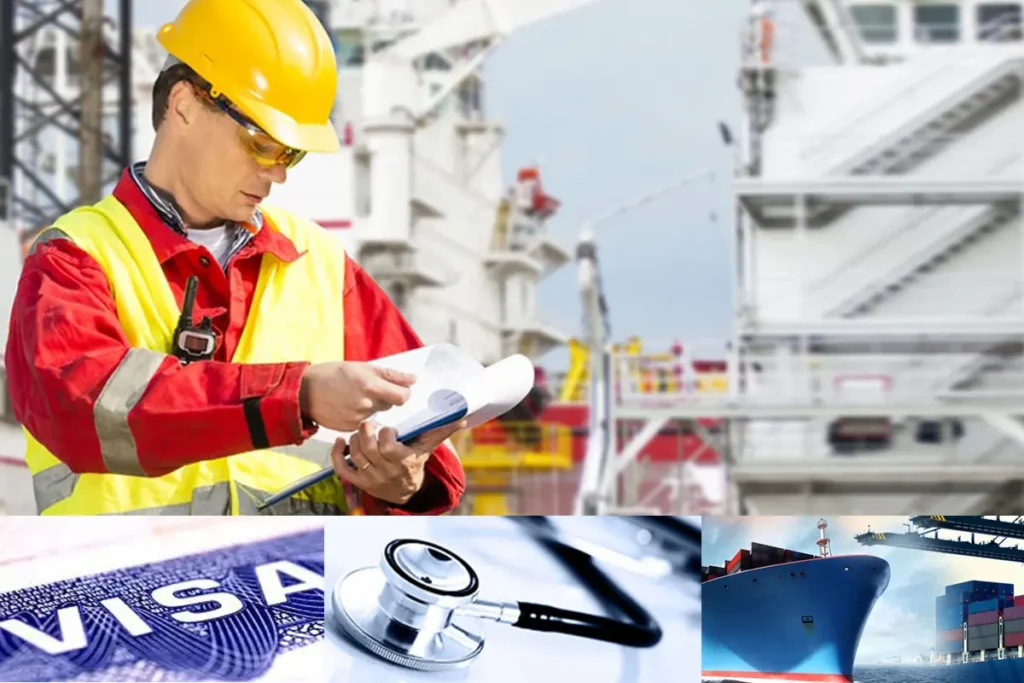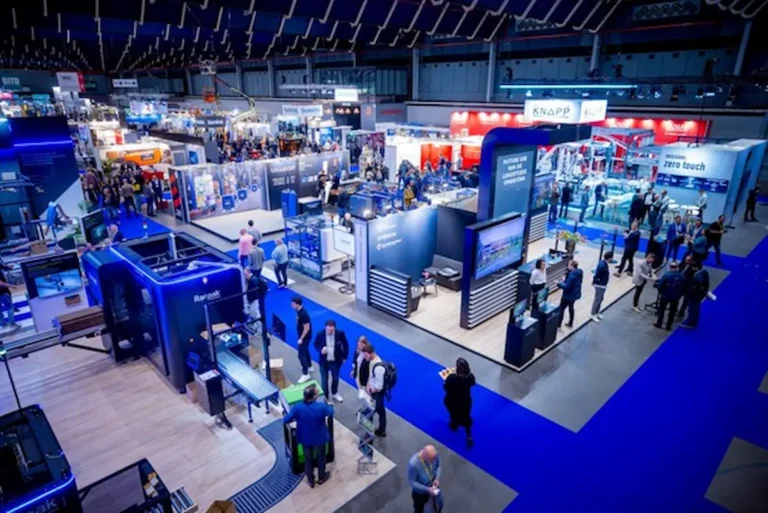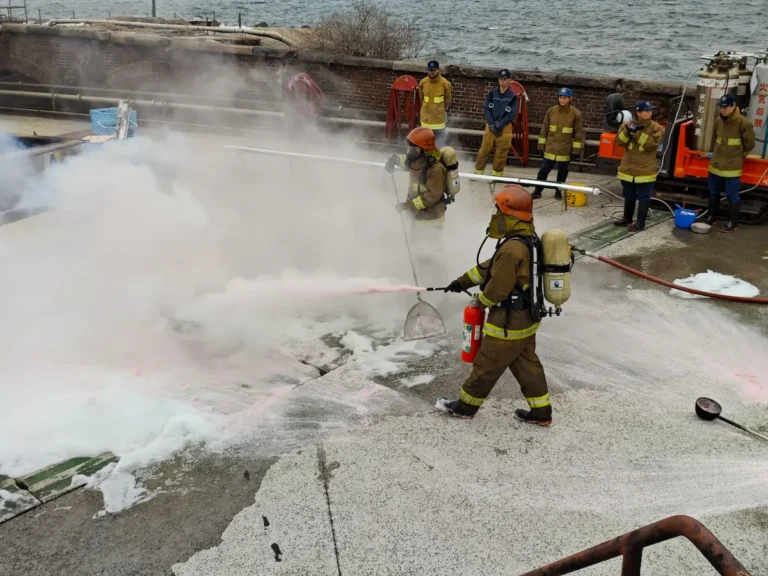- There are several types of ships in cargo operations today
- Tankers, Bulkers and Container Ships are the major types
- There are several other unique types of ships in operation
Several types of ships are used in global trade today to carry various types of cargo demanded by consumers and industries worldwide..
As per UNCTAD, as of January 2023, the world’s merchant fleet consisted of 105,500 ships of at least 100 gross tons (GT) including 56 500 ships over 1000 GT reaching a carrying capacity of 2.3 billion dead weight tons (DWT)..
A “ship” typically refers to a larger, ocean-going vessel, especially those designed for transporting cargo or passengers over long distances..
The term “vessel” is broader and includes a wide variety of watercraft, including boats, ships, barges, and similar structures used or capable of being used as a means of transportation on water..
While a ship is a type of vessel, not all vessels are ships.. The specific criteria for classifying a vessel as a ship can vary based on legal jurisdiction and context.. It also focusses on factors like size, navigation capabilities, and purpose..
In this article, I refresh the various types of ships used in today’s global trade, their uses, and categories..
Types of cargo ships in use
- Bulk carriers (Dry) – Used for the carriage of major bulk commodities like iron ore, coal, grain, and minor bulk commodities like metals, minerals, agribulks and softs..
- Oil tankers – Used for the carriage of crude oil and refined products..
- Container ships – Used for the carriage of containers carrying various cargoes..


- Chemical tankers – Chemical tankers are specialised ships used for the carriage of liquid chemicals in bulk including flammable and/or toxic chemicals.. The IBC Code defines three types of chemical tankers: ST1, ST2, and ST32..


- Liquefied gas carriers – specialized ships that are used to carry LPG, LNG and Ammonia gases..
- Offshore supply vessels (OSV) – are used to carry out different operations necessary for floating drilling rigs, as well as moored or fixed production platforms.. OSVs include Seismic survey ships, platform supply vessels (PSV), anchor handling tugs, anchor handling tug and supply vessels (AHTS), offshore construction vessels (OCV), ROV support vessels, dive support vessels, stand-by vessels, inspection, maintenance and repair vessels (IMR)1..


- Ferries and passenger ships – includes cruise ships, and regional or local ferries..


- General cargo – used for the carriage of different types of cargo – unitised, drummed, coils, a combination of vehicles, wind turbines, and many more.. Includes multi-purpose vessels used for the carriage of a combination of the above cargoes.. These ships are very versatile, popular, and useful, especially along certain routes/ports that require geared ships because there are no shore handling facilities or it is quicker to operate using ships gear..


- Ro-Ro Ships (Car Carriers) – Used for the carriage of wheeled cargo like cars, buses, trucks, excavators etc etc.. Where the option is available, these ships also carry project cargoes as long as these are loaded on mafi trailers or any other wheeled modes.. Further classified as PCC (Pure Car Carriers) & PCTC (Pure Car & Truck Carriers) the purpose of which is obvious from the names..


- Reefer Vessel – Used for the carriage of frozen cargoes or temperature-controlled cargoes like fruits, meat, fish etc..
- Others – FPSO (Floating production storage and offloading), Cable Laying Ship, Heavy Lift, Semi-Submersible, Ice Breakers, and others
Classification by size/DWT
The world fleet classification by ship types/percentage based on DWT as of 2023 is represented below..
This shows the ship types mostly in use/demand.. Oil Tankers, Bulk Carriers, and Container Ships accounted for 85% of the total world fleet capacity by DWT..


What’s in a name
Within each of these major ship types, ships are further classified and named based on cargo volume.. Click on the images to see the enlarged version..
Information for ship types/names sourced from UNCTAD, LNG Industry, Geography of Transport Systems, Port Economics, Management & Policy, Wärtsilä
This article has been republished after some critical updates..

